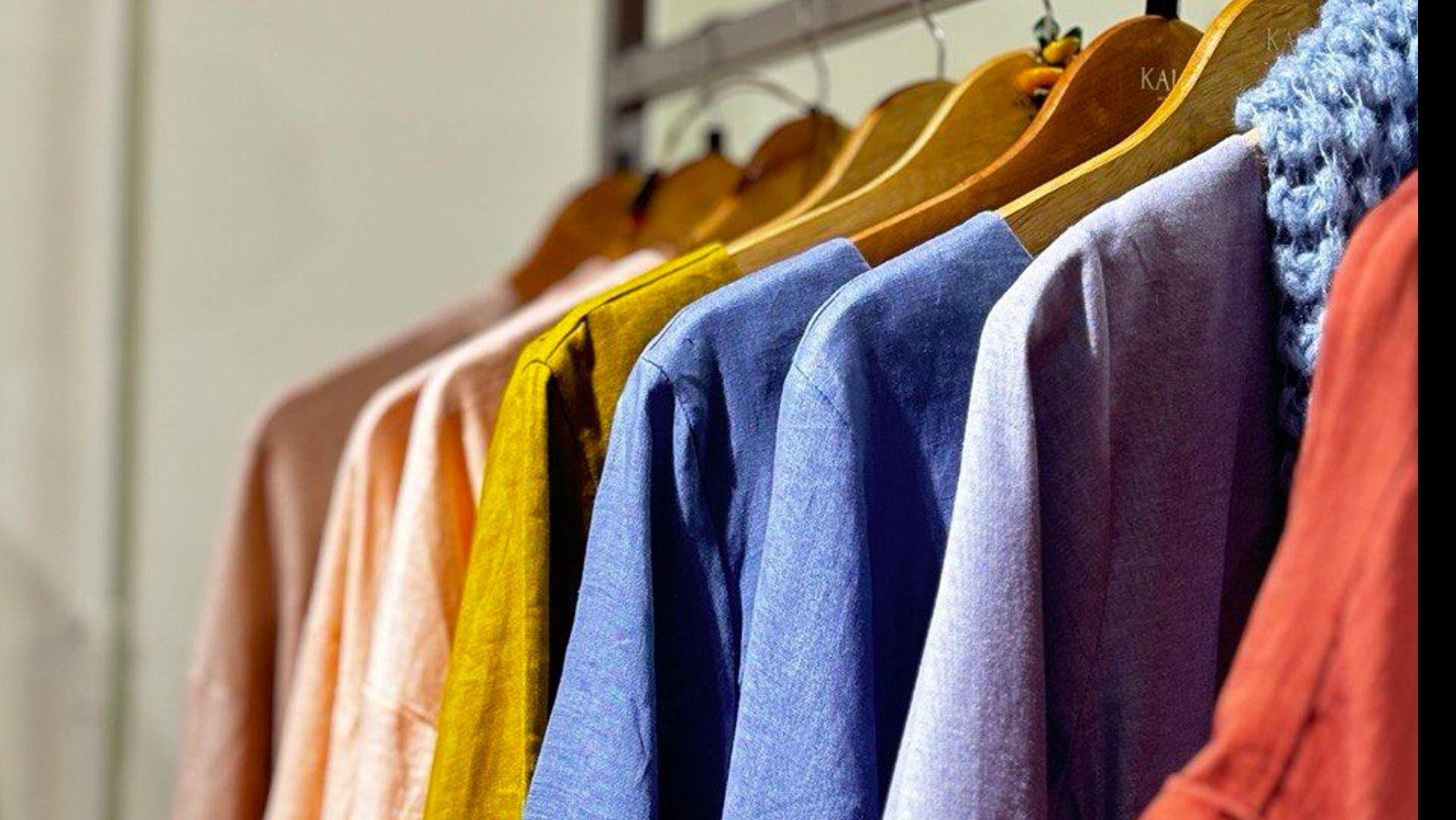Why Linen? Exploring the Sustainable Choice with KALAI Linen

Linen, a fabric derived from the flax plant, has been cherished for centuries due to its natural beauty, durability, and comfort. Recently, linen has gained renewed attention as an eco-friendly alternative in fashion and home decor. In this article, we’ll explore why linen is a sustainable choice and how KALAI Linen stands out in promoting this versatile fabric.
1. The Sustainability of Linen
Linen is one of the most sustainable fabrics available today. The flax plant, used to produce linen, requires minimal water and few pesticides, unlike cotton, which is resource-intensive. Flax can grow in poor soil conditions and often uses rainwater, further reducing its environmental footprint. Additionally, linen is fully biodegradable, meaning it won’t contribute to landfill waste at the end of its life cycle.
2. Benefits of Linen Fabric
Linen is not only eco-friendly but also offers a range of practical benefits. It’s incredibly durable, often lasting for decades with proper care. The fabric is highly breathable, making it ideal for clothing in warm climates and bedding that promotes a good night’s sleep. Linen is also naturally hypoallergenic and resistant to bacteria, making it a great choice for people with sensitive skin or allergies.
3. KALAI Linen: A Commitment to Sustainability
KALAI Linen is a brand dedicated to producing high-quality linen products with a strong focus on sustainability. They source organic flax, use eco-friendly manufacturing processes, and ensure their products are packaged in recyclable materials. KALAI Linen offers a wide range of items, from stylish apparel to luxurious bedding, all crafted with the environment in mind.
4. Caring for Linen Products
To get the most out of your linen products, proper care is essential. Wash linen in cold water using a mild detergent, and air-dry when possible to prevent shrinkage and preserve the fabric’s integrity. Linen can be ironed for a crisp look, but many prefer its natural, slightly wrinkled appearance. By following these care tips, your linen items can last for many years, maintaining their beauty and functionality.
5. Linen’s Role in Sustainable Living
Choosing linen is a step toward a more sustainable lifestyle. Its production has a low environmental impact, and its durability reduces the need for frequent replacements, cutting down on waste. By opting for linen, especially from brands like KALAI Linen that prioritize ethical practices, you’re supporting a textile industry that values the planet’s health.
Frequently Asked Questions (FAQs)
Why is linen more sustainable than cotton?
Linen requires less water and fewer pesticides to produce, making it a more eco-friendly option.
How should I care for my linen products?
Wash in cold water, air-dry, and store in a cool, dry place to maintain their quality.
Is linen comfortable for all seasons?
Yes, linen is breathable and regulates temperature, making it comfortable in both warm and cool climates.
Can linen be recycled?
Yes, linen is fully recyclable and biodegradable.
What makes KALAI Linen’s products sustainable?
KALAI Linen uses organic flax, eco-friendly production methods, and recyclable packaging to ensure sustainability.

